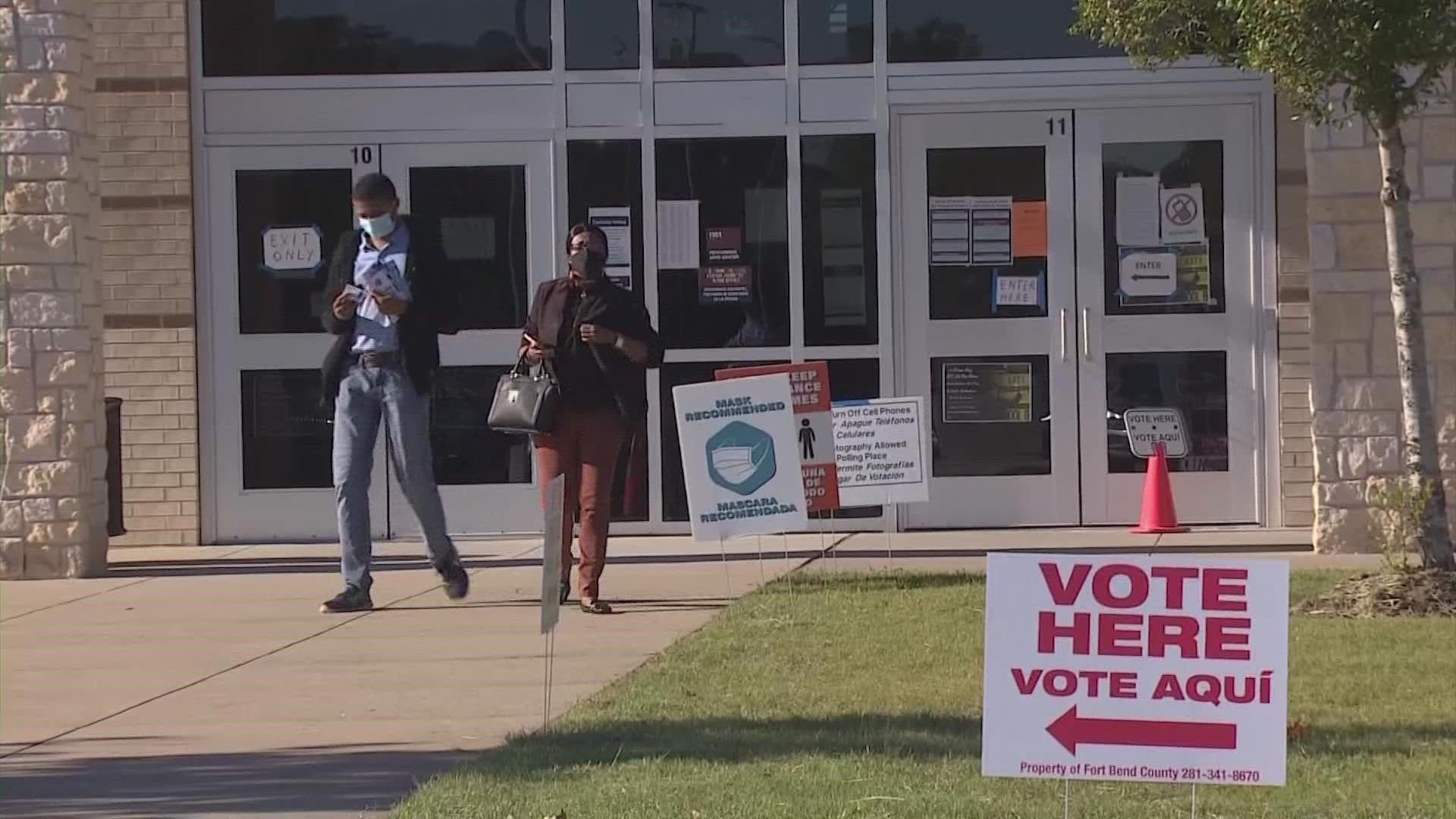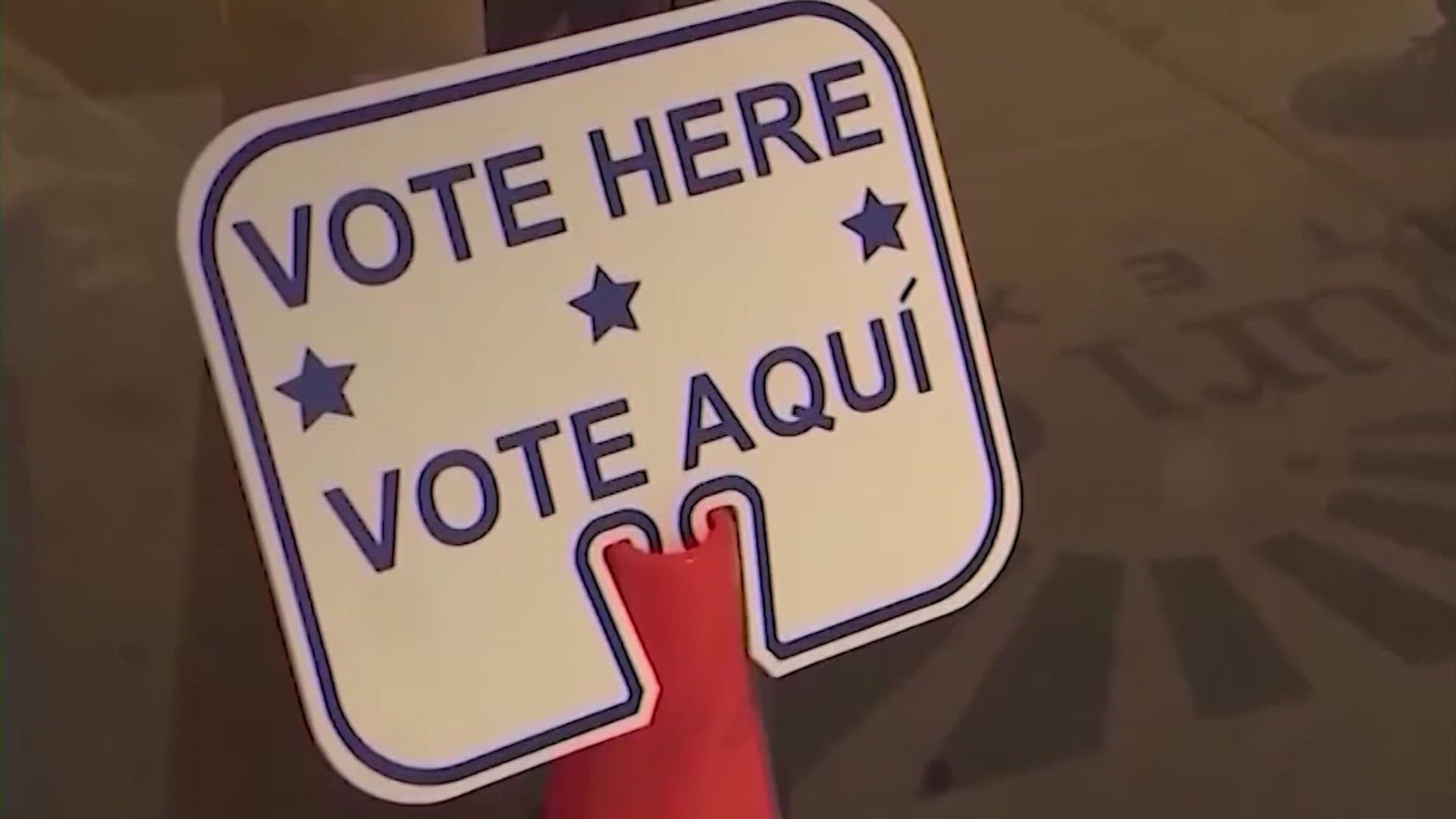FORT BEND COUNTY, Texas — Next week's primary is the first election since Governor Abbott approved new redistricting maps last fall.
But what impact will it have on voters?
For one - people may be surprised to learn their congressional district has changed.
The process of redistricting is based on the Census and is “a matter of art, a matter of science, and fraught with politics,” said Brandon Rottinghaus, a political science professor at the University of Houston.
But this election could also reveal the extent of gerrymandering that happened during the last redistricting process.
Gerrymandering – the manipulation of boundaries to favor one party - is legal.
It’s a long-time practice done by both parties, across the country.
“Texas is not alone in drawing districts based upon partisanship in the legislature,” says Rottinghaus.
But racial gerrymandering is not legal, which is what Nikki Hafizi accuses lawmakers of doing.
“When a district is drawn to make sure the majority of the voting age population is white, that’s disheartening,” says Hafizi, a community activist.
She says it’s happened in Fort Bend County, home to the state’s biggest Asian-American population.
And she says since places like Sugar Land were redrawn out of TX-22, it will be more difficult for the Asian-American community to find a candidate that truly represents them.
Hafizi says residents don’t need a candidate who looks like the community or aligns perfectly with their values.
“We want someone who understands the community, understands minorities - and even the immigrant community – to represent us in Congress.”
RELATED: The Texas primary is March 1. Here's what you need to know about early voting and voting day
But Charles Blain, president of conservative think tank Urban Reform, points out the candidate pool remains diverse.
“We are seeing, maybe not a record number, but a larger number of minorities from both parties running for offices, even in districts that are predominantly white,” says Blain.
Blain says Republican lawmakers have insisted they were “race blind” during the redistricting process, but acknowledges how that statement can make communities feel like they are politically invisible.
And that’s a concern, says Dr. Michael Adams, a political science professor at Texas Southern University, who believes the new lines dilute the minority vote.
He points to TX-18, long held by Democratic Congresswoman Sheila Jackson Lee.
“She has lost parts of the Sunnyside and Southpark, and now her district stretches north into Humble and Atascocita,” says Adams.
Adams says the redistricting will impact the March primary and elections over the next 10 years.
"You have the right to vote, but your vote should be meaningful and also impactful.”


